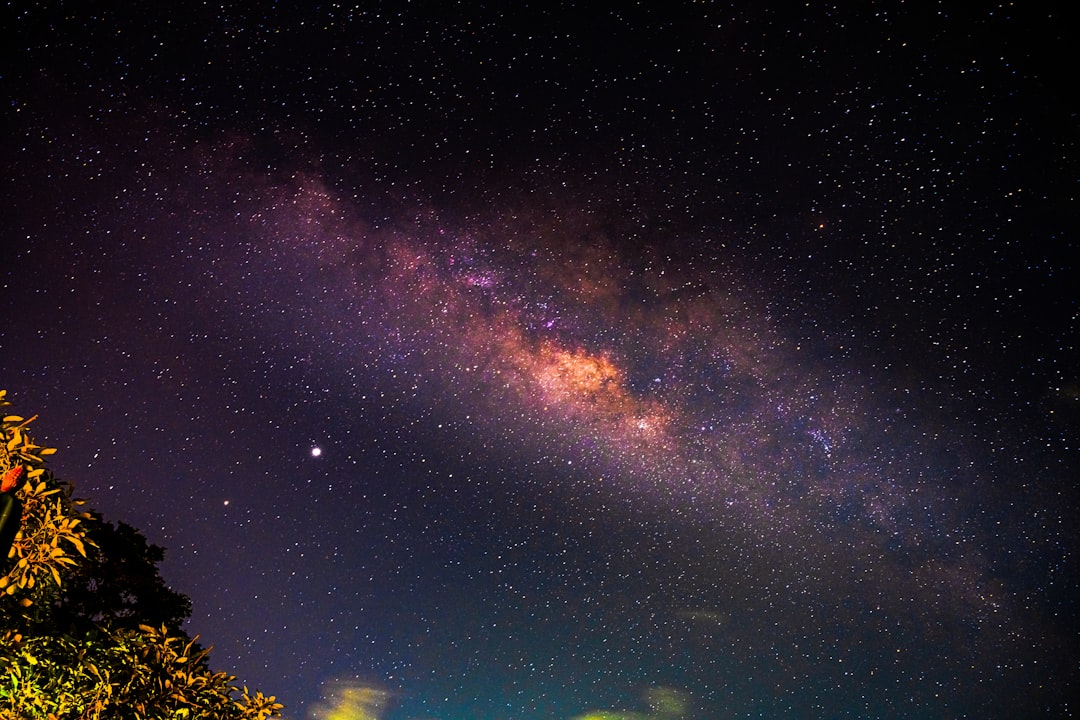What is it about?
In our study of the space distribution of galaxy clusters and superclusters in the Local Universe we found that they form six giant, intertwined spherical shell-like structures with the radius of 400 - 500 million light-years. The most prominent of these shells in centered on the richest galaxy cluster in the Bootes supercluster, and its walls embed the richest nearby galaxy superclusters - the Sloan Great Wall, the Corona Borealis supercluster and others.
Featured Image

Photo by Marc Sendra Martorell on Unsplash
Why is it important?
The pattern of the cosmic web originates from processes in the early universe. The positions of high-density peaks and voids do not change much during the cosmic evolution, only their amplitude grows with time (see references in Introduction). However, it is not yet clear which processes cause shell-like structures in the local cosmic web. They are not related to baryon acoustic oscillations, as the BAO shells are barely detected in the distribution of galaxies, while the walls of our shells are formed by superclusters, structures of the highest density in the nearby Universe.
Perspectives
As it is not yet clear which processes in the very early Universe are related to the formation shell-like structures discovered in our study, it is important to continue the analysis of the possible characteristic scales in the galaxy cluster and supercluster distribution using samples with larger sky coverage and wider redshift range to understand the presence and possible nature of these scales.
Dr Maret Einasto
Tartu Observatory
Read the Original
This page is a summary of: Shell-like structures in our cosmic neighbourhood, Astronomy and Astrophysics, February 2016, EDP Sciences,
DOI: 10.1051/0004-6361/201526769.
You can read the full text:
Contributors
The following have contributed to this page










